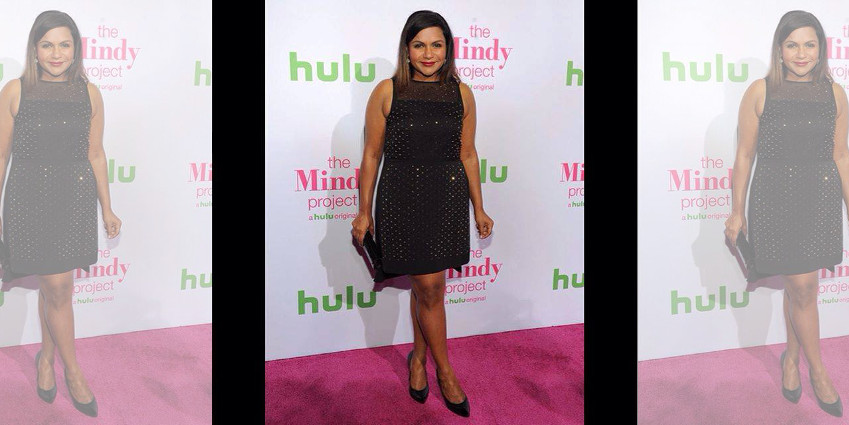
by Ashni Mehta
We obviously adore Mindy Kaling for bringing the South Asian minority into mainstream media. But, other than being a pioneer in the entertainment industry by totally rocking her identity as a triple minority—a South Asian female that isn’t a size 0—she is also downright hilarious, and most importantly, just TOO DAMN REAL.
So, here’s to you, Kaling, for giving all of us the motivation to keep pushing on (in the funniest way possible) and providing the realest advice for every situation.
1. On doing things you really don’t want to do:
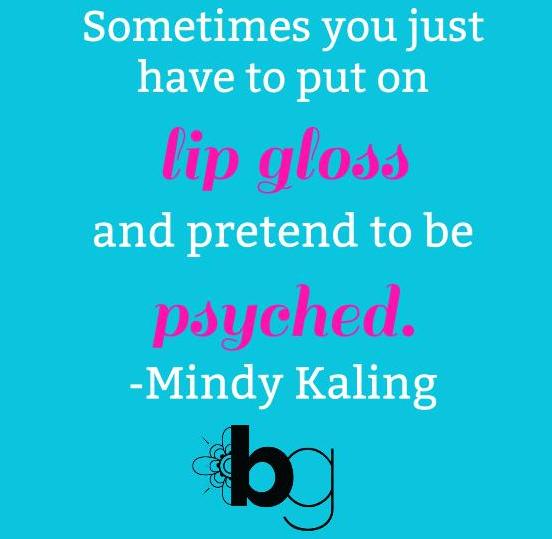
2. On not having your shit completely together (cause we’ve all been there):
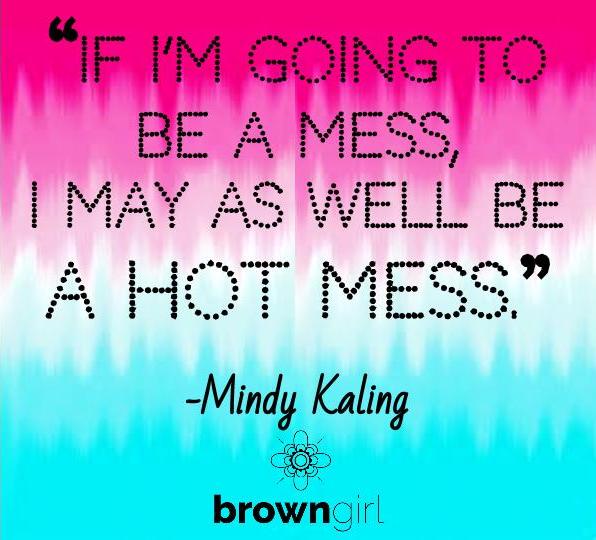
3. On complaining about how tough your life is:
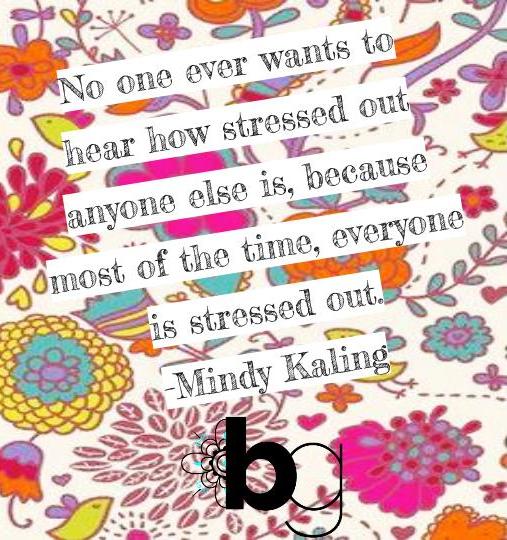
4. On society’s priorities:
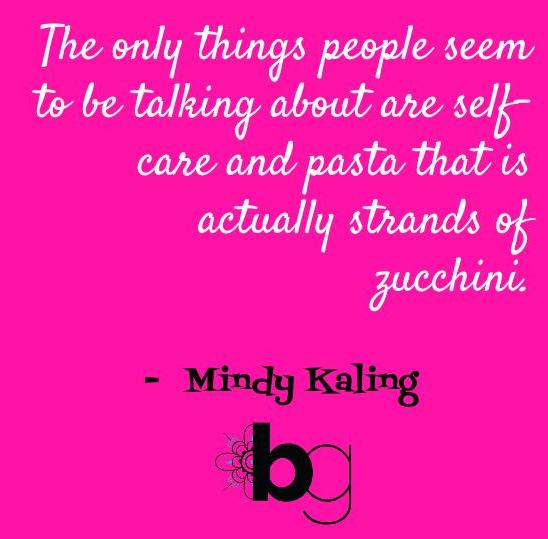
5. On not being a part of the “popular” crowd as a teenager:
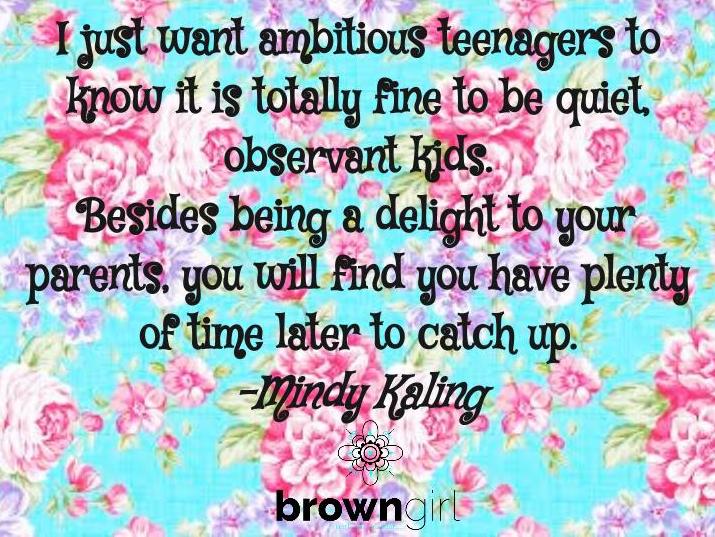
6. On unleashing your inner FIERCE:
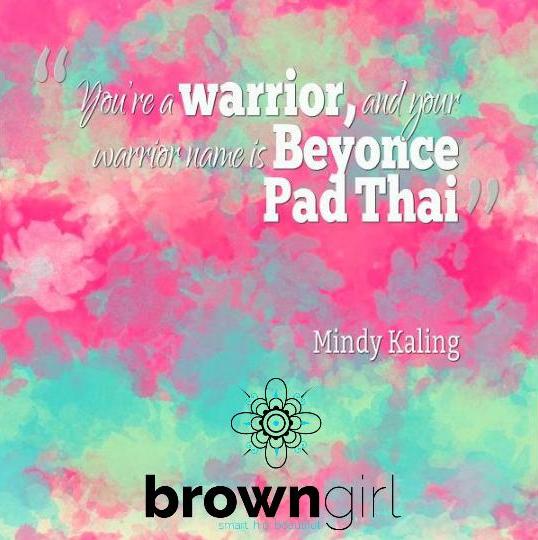
7. On valuing personality over appearance:
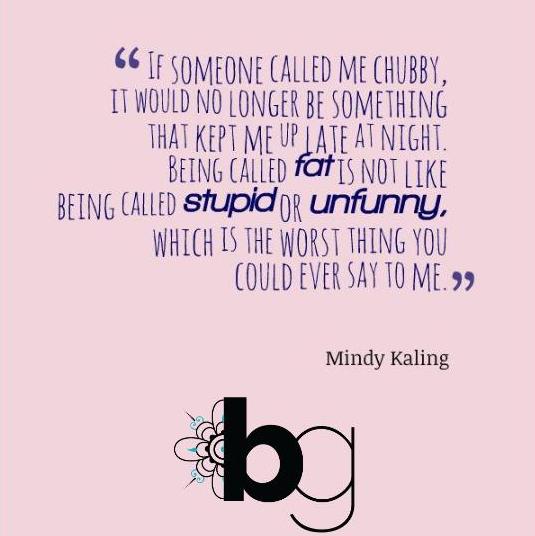
8. On… Life:
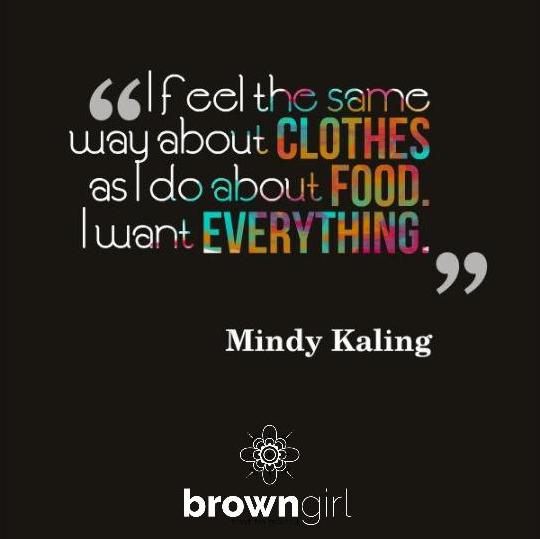
9. On making an impact:
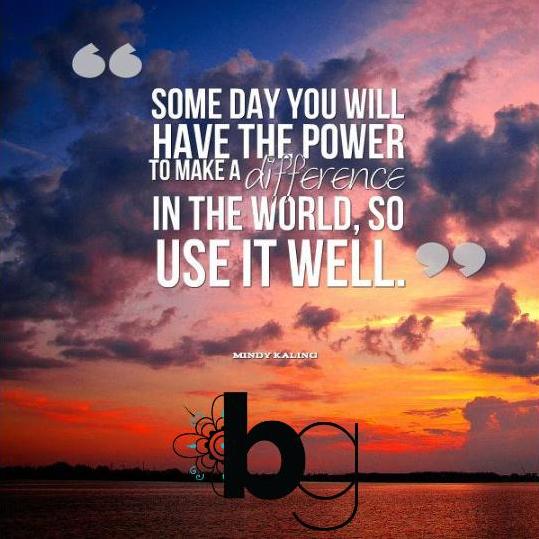
10. On eating cupcakes:
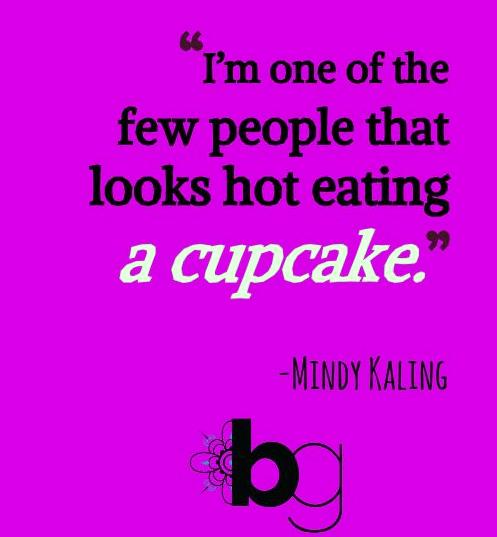
11. On backhanded compliments:
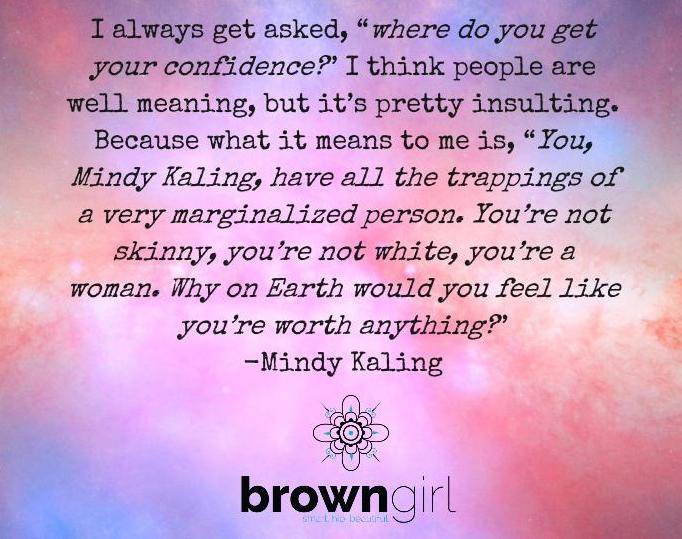
12. On the importance of true friendship:
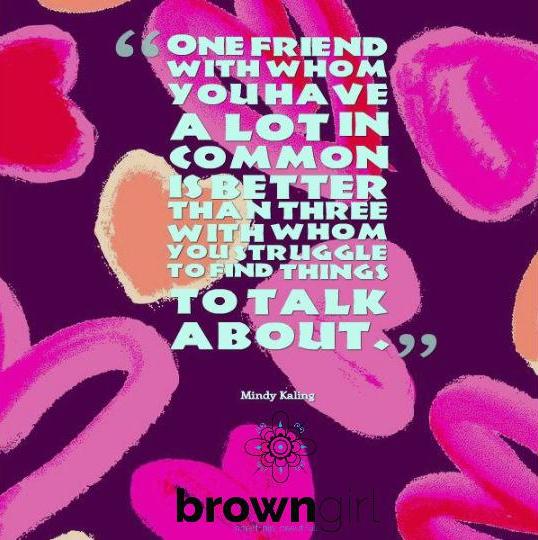
13. On bullies:
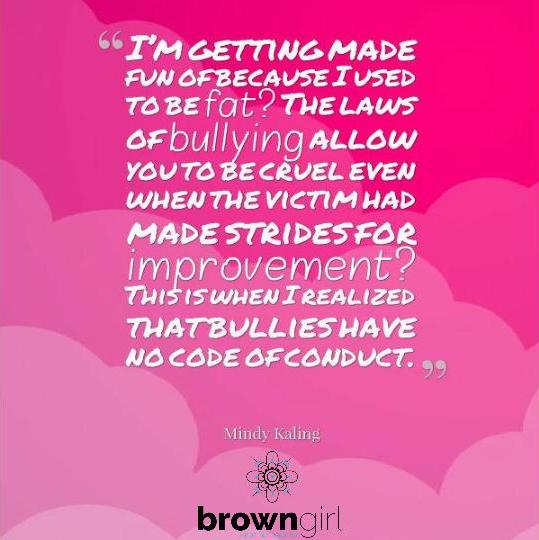
14. On making the most of life:
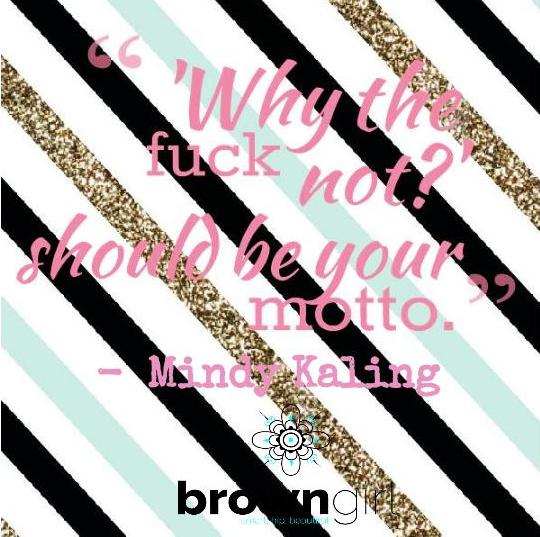
15. On not requiring validation:
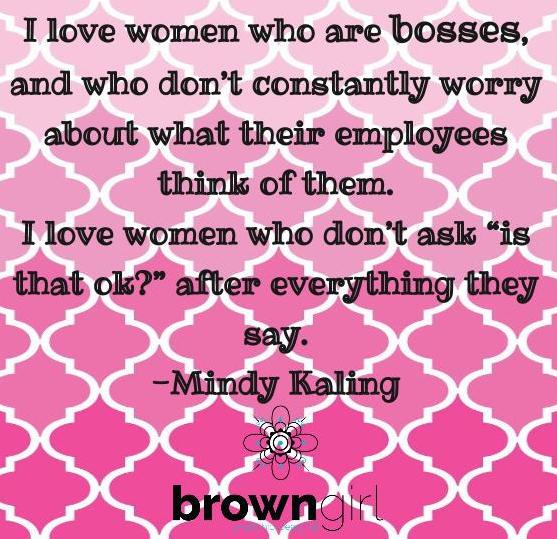
16. On creating your own way:
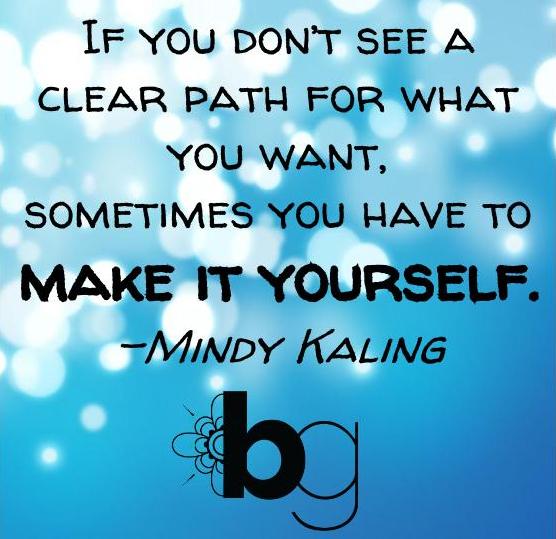
17. On self-improvement:
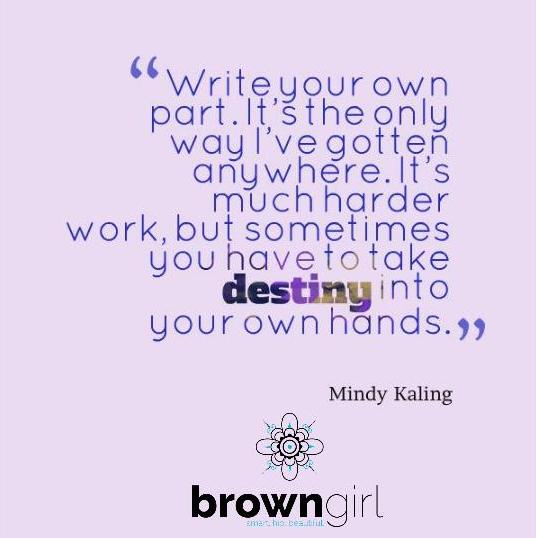
18. On creating your own destiny:
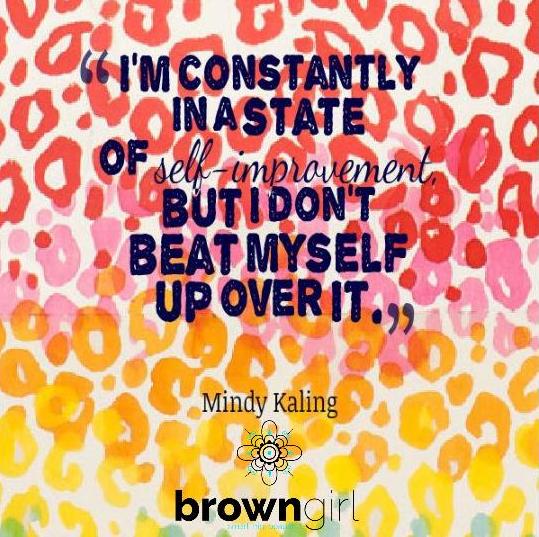
19. ON BEING A TOTAL BADASS:
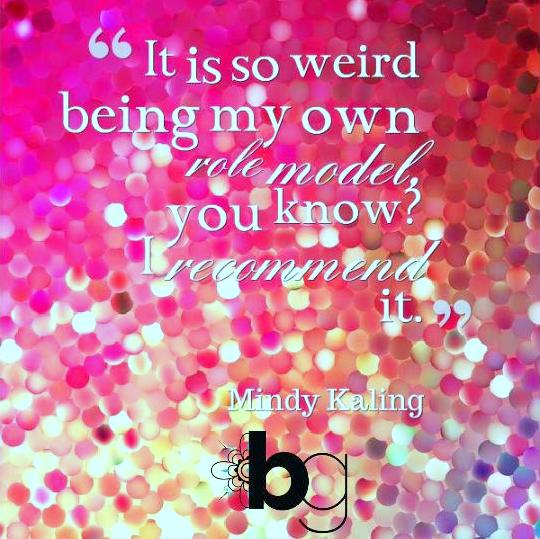
 Ashni Mehta graduated from St. John’s University with a degree in Psychology. Currently, she is the Community Manager at Corporate Suites Business Centers, as well as a professional Bollywood dancer with Sonalee Vyas Dance Company (SVDC). She is a passionate aerial yogini and a self-proclaimed foodie. During her free time, you’ll find her eating and laughing her way through NYC.
Ashni Mehta graduated from St. John’s University with a degree in Psychology. Currently, she is the Community Manager at Corporate Suites Business Centers, as well as a professional Bollywood dancer with Sonalee Vyas Dance Company (SVDC). She is a passionate aerial yogini and a self-proclaimed foodie. During her free time, you’ll find her eating and laughing her way through NYC.




